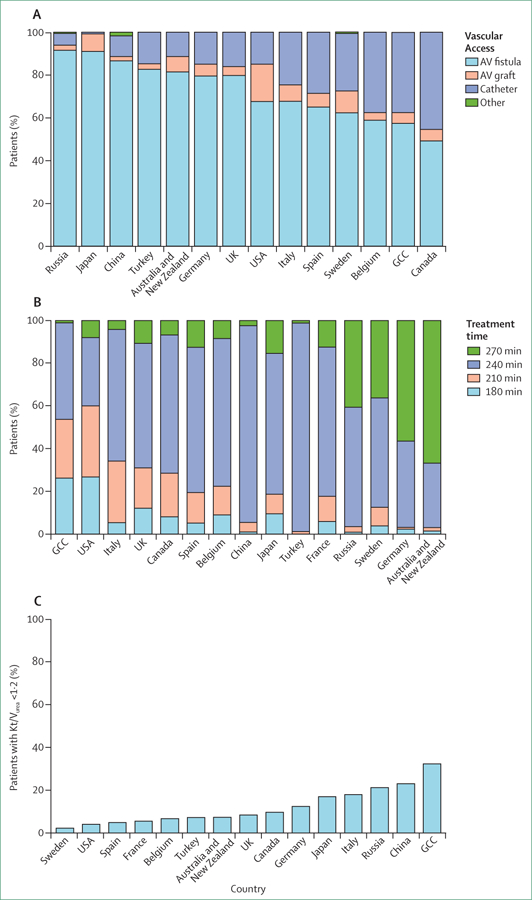Figure 3. Selected practices or measures in prevalent haemodialysis patients, by country (2012–15).

(A) Type of vascular access used. Catheter is a central venous catheter. Data from Gulf Cooperation Council (GCC; Bahrain, Kuwait, Oman, Qatar, Saudi Arabia, and United Arab Emirates), Russia, Turkey, Belgium, Sweden, and China are based on vascular access at the initial cross-section of the Dialysis Outcomes and Practice Patterns Study (DOPPS) phase 5; data from remaining countries based on cross-section of haemodialysis patients in August, 2013. (B) Haemodialysis session duration (treatment time) in patients receiving dialysis three times a week; treatment time was defined as a categorical variable (<200, 200–225, 226–250, and >250 min). Because treatment time for most patients was at exactly 30 min intervals, these categories are labelled as 180, 210, 240, and 270 min, respectively. (C) Single pool Kt/Vurea in patients receiving haemodialysis three times a week, and receiving dialysis for at least 1 year. AV=arteriovenous. Kt/Vurea=a unitless measure representing clearance of urea (K) over the duration of an haemodialysis treatment (t), divided by the urea volume of distribution (Vurea). Some countries are omitted from some figures because of missing data. Figure adapted from Pisoni and colleagues,70 by permisson of Elsevier.
